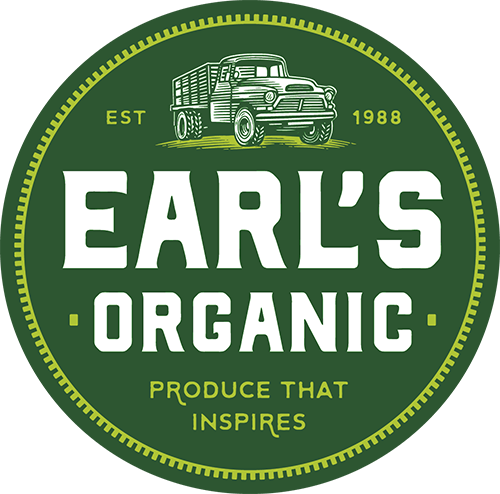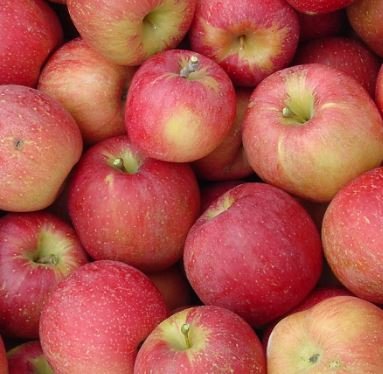PEARS & APPLES COMING OUT OF CONTROLLED ATMOSPHERE STORAGE
Apples and pears are enjoyed long after being harvested in October/November by keeping them in storage. As time goes on the sugar, starch and acid content changes, water is lost and the fruit withers and decays. Storage delays the normal ripening and aging process. From harvest time until the end of the year apples will be kept in fresh storage. Fruit is put into a chilled cellar or cooler and kept between 32-36 degrees F with high air humidity and some air circulation. You can compare this to storage in your refrigerator at home. As we move into the New Year most of the fresh storage supply has run out and we can expect most apples and pears from the Pacific Northwest to be coming out of controlled atmosphere storage (CA Storage).
CA storage is a non-chemical process that varies by apple and pear varieties, allowing many varieties to be stored into the winter, spring and even summer months. Apples and pears are stored in airtight coolers where the oxygen level in the air is reduced from the 21% of the air we breathe, to 1 or 2%, usually by the infusion of nitrogen gas. The carbon dioxide level is also increased to slow down the maturation process to a near halt. Temperatures are kept at a consistent 32–36 degrees F with 95 percent humidity. Think of sleeping beauty under a spell and how she never aged a day until she woke up.
EverCrisp Club Apple packs a loud crunch! Combining the best of its parents Honeycrisp and Fuji, it is sweet and crisp with a firm dense texture.
Only the strongest apples and pears are selected to be stored in CA. It is really important that the apples and pears are picked at the proper maturity otherwise they will not store well in CA. Growers will test their apples and pears for firmness, skin color, seed color, sugar level and flesh chlorophyll to predict when they mature enough to pick to be stored in CA.
When the apples and pears are brought out of “hibernation” for packing they begin to ripen and break down quickly. It is best to enjoy them right away and keep them in your refrigerator until eaten. There are some exceptions, for example the Pink Lady® apple turns starch into sugar at a slow rate so they eat better coming out of CA. Once the CA storage of apples and pears runs out, the supplies are augmented by apples and pears from the southern hemisphere until the season starts up again in the fall.

